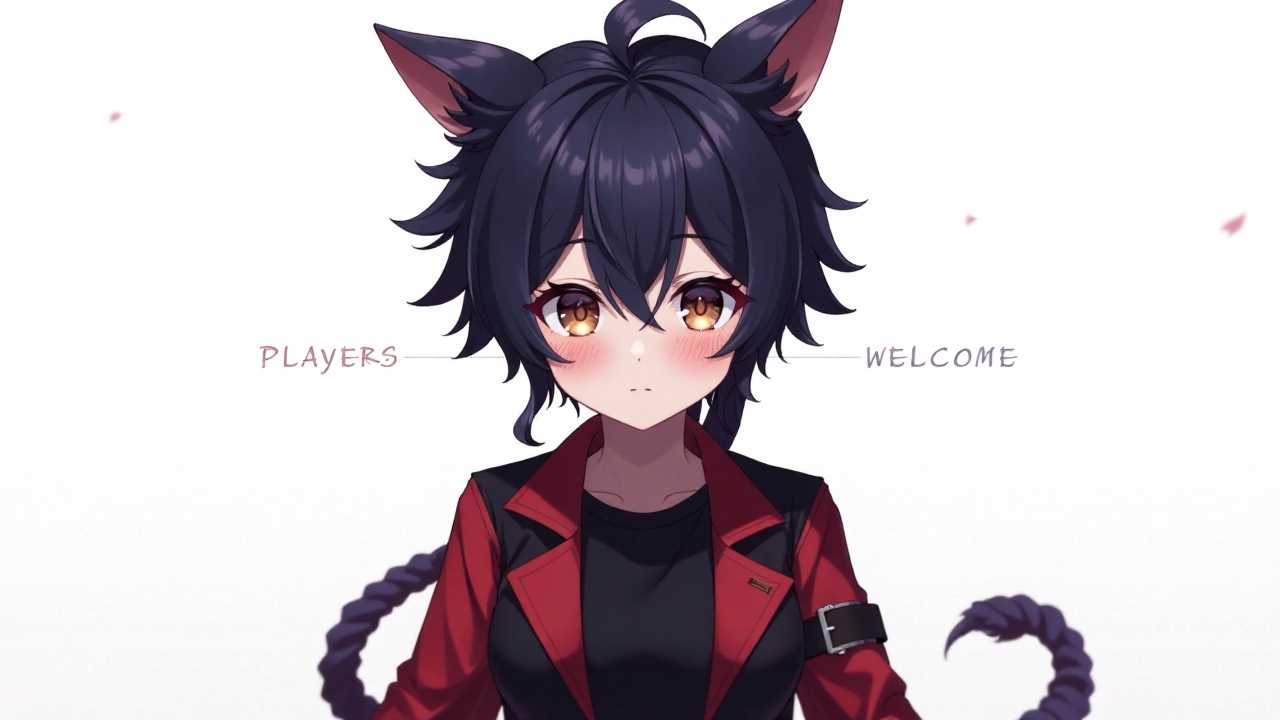
Understanding UI/UX Design for Mobile RPGs
In the realm of mobile gaming, UI/UX design for mobile RPGs plays a pivotal role in shaping the player's experience. The user interface (UI) and user experience (UX) are not merely about aesthetics; they encompass how players interact with the game, how they navigate through various elements, and how they immerse themselves in the storyline. A well-crafted UI/UX design can significantly enhance player engagement and satisfaction, making it a critical aspect of mobile RPG development.
Character Design: Breathing Life into Heroes and Villains
Character design is the heart of any RPG. It involves creating visually appealing and relatable characters that resonate with players. Each character should have a unique personality, backstory, and visual style that reflects their role in the game. This process begins with thorough research and brainstorming, leading to sketches and digital illustrations.
Incorporating elements such as color theory and silhouette design can help in crafting memorable characters. For instance, a hero might be designed with bright colors and a strong silhouette to symbolize bravery, while a villain could utilize darker tones and intricate details to evoke fear. Furthermore, character animations must align with their personalities, enhancing the overall storytelling experience.
Environment Art: Creating Immersive Worlds
Environment art is crucial for establishing the setting in which the game unfolds. The landscapes, architecture, and atmosphere must be designed to complement the narrative and character arcs. This involves creating concept art that captures the essence of each location, whether it be a mystical forest, a bustling city, or a desolate wasteland.
Attention to detail is paramount in environment art. Textures, lighting, and color palettes should work harmoniously to create a cohesive world. Additionally, interactive elements within the environment can enhance player engagement, allowing them to explore and interact with their surroundings in meaningful ways.
Interface Graphics: Designing Intuitive Navigation
Interface graphics are the visual elements that players interact with, including menus, buttons, and icons. A well-designed interface should be intuitive, allowing players to navigate seamlessly through the game. This requires a balance between aesthetics and functionality.
When designing interface graphics, consider the hierarchy of information. Important elements should be easily accessible and visually distinct. Consistency in design elements, such as color schemes and typography, helps in creating a unified look and feel. Moreover, incorporating feedback mechanisms, such as animations or sound effects when buttons are pressed, can enhance the user experience.
Visual Storytelling: Weaving Narratives through Art
Visual storytelling is an essential component of mobile RPGs, as it allows players to connect emotionally with the game. Through character expressions, environmental cues, and visual motifs, designers can convey complex narratives without relying solely on text.
Utilizing cinematic techniques, such as framing and composition, can enhance key moments in the story. For example, a close-up of a character's face during a pivotal scene can evoke empathy and heighten emotional impact. Additionally, integrating visual storytelling elements into gameplay mechanics can create a more immersive experience, allowing players to feel as though they are part of the unfolding narrative.
Asset Creation: Building a Visual Library
Asset creation involves producing all the visual elements needed for the game, including characters, environments, and UI components. A comprehensive asset library ensures that developers have the necessary resources to create a visually cohesive experience.
When creating assets, it is vital to maintain a consistent art style that aligns with the game's theme. This includes defining a color palette, line quality, and level of detail. Collaboration between artists, designers, and developers is essential to ensure that assets are optimized for performance while retaining their visual appeal.
Animation Styles: Bringing Characters to Life
Animation styles play a significant role in enhancing the overall experience of mobile RPGs. The way characters move, interact, and express emotions can significantly impact player immersion. Different animation techniques, such as frame-by-frame animation or skeletal animation, can be employed based on the desired aesthetic and performance requirements.
Creating fluid and responsive animations requires a deep understanding of character mechanics and movement. Animators should consider the weight and personality of each character, ensuring that their movements are believable and engaging. Additionally, incorporating animations for UI interactions can create a more dynamic and enjoyable user experience.
The Future of UI/UX Design in Mobile RPGs
As the mobile gaming industry continues to evolve, the significance of UI/UX design for mobile RPGs will only grow. By focusing on character design, environment art, interface graphics, visual storytelling, asset creation, and animation styles, developers can create immersive and engaging experiences that resonate with players. The interplay between these elements is what ultimately defines the success of a mobile RPG, making it imperative for designers to master the art of UI/UX design.
 Digital Art InstructionDIY Infographics DesignMobile Game ArtworkPersonalized Logo Design3D AnimationeBook Covers DesignPrivacy PolicyTerms And Conditions
Digital Art InstructionDIY Infographics DesignMobile Game ArtworkPersonalized Logo Design3D AnimationeBook Covers DesignPrivacy PolicyTerms And Conditions
